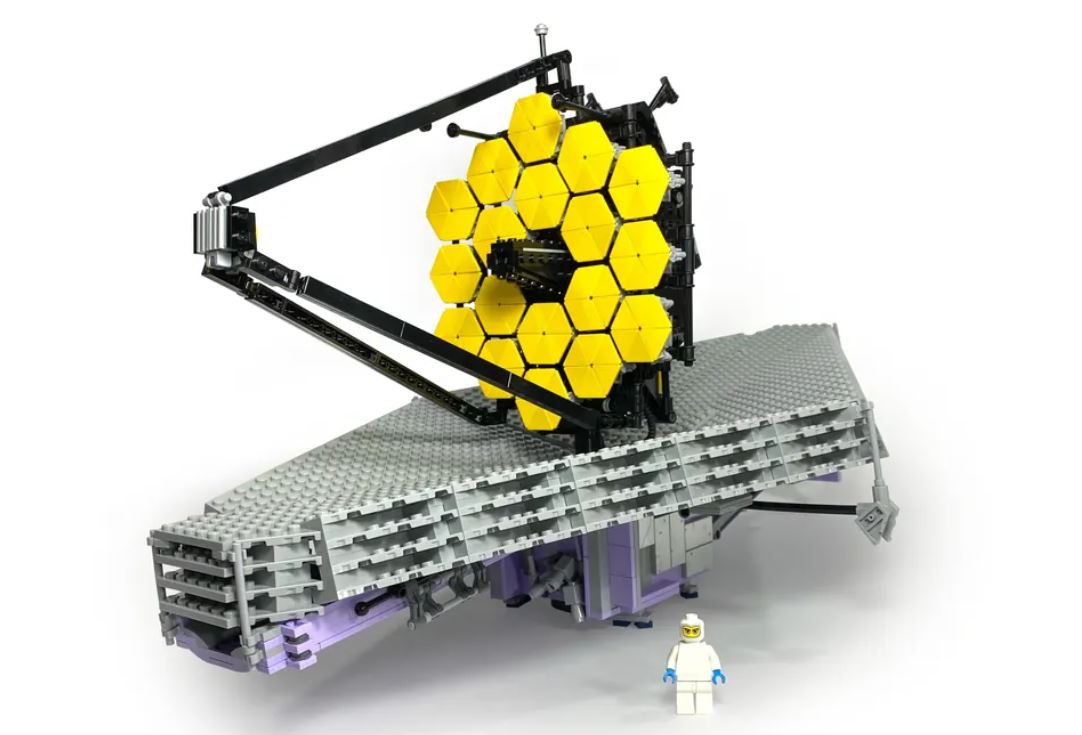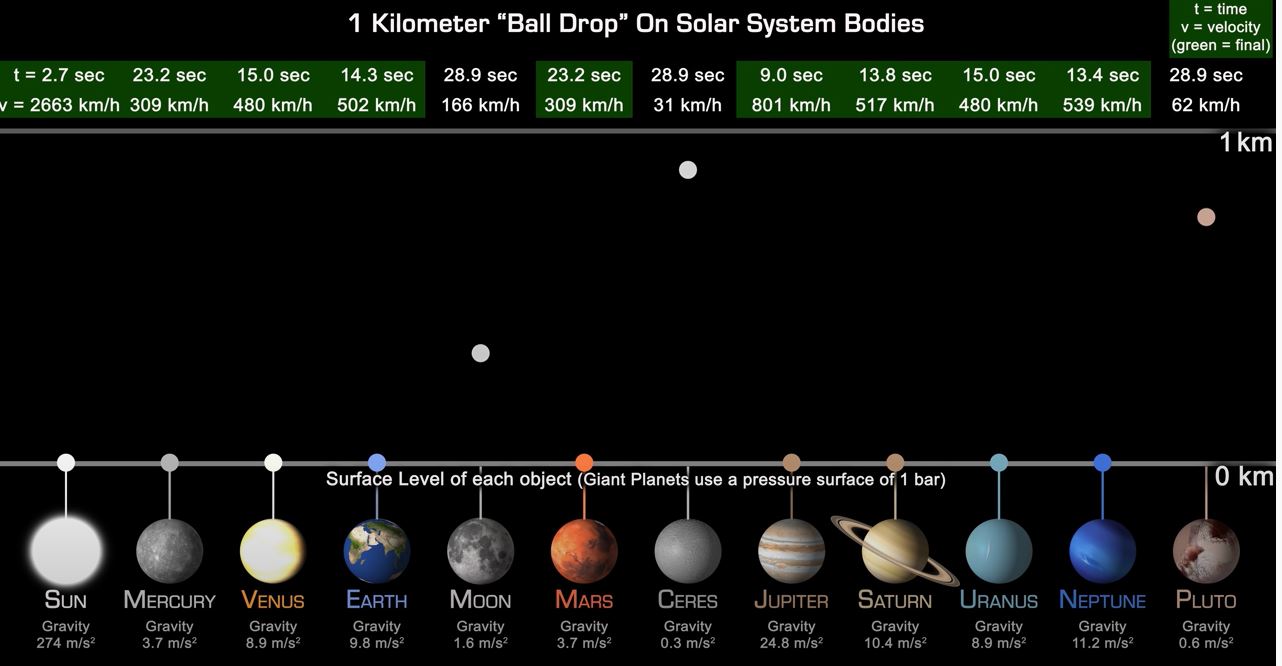Want to try living on Mars, but not sure you want to experience the nine-month flight time to get there? NASA is looking for applicants to serve as crew members for a one-year analog mission in a habitat to simulate life on the Red Planet, beginning in Fall 2022. All you have to do is get to Houston, Texas, and you’ll even get paid.
Continue reading “Can you Last a Year on Mars? NASA is Recruiting Crew for a Year-Long Analog Mission”The First Images and Videos from the Double Venus Flyby

Two spacecraft made historic flybys of Venus last week, and both sent back sci-fi-type views of the mysterious, cloud-shrouded planet.
The Solar Orbiter and BepiColombo spacecraft both used Venus for gravity assists within 33 hours of each other, capturing unique imagery and data during their encounters.
Continue reading “The First Images and Videos from the Double Venus Flyby”OSIRIS-Rex got to Know Bennu Really Well. Apparently, There’s now a 1-in-1,750 Chance That it’ll hit Earth by 2300
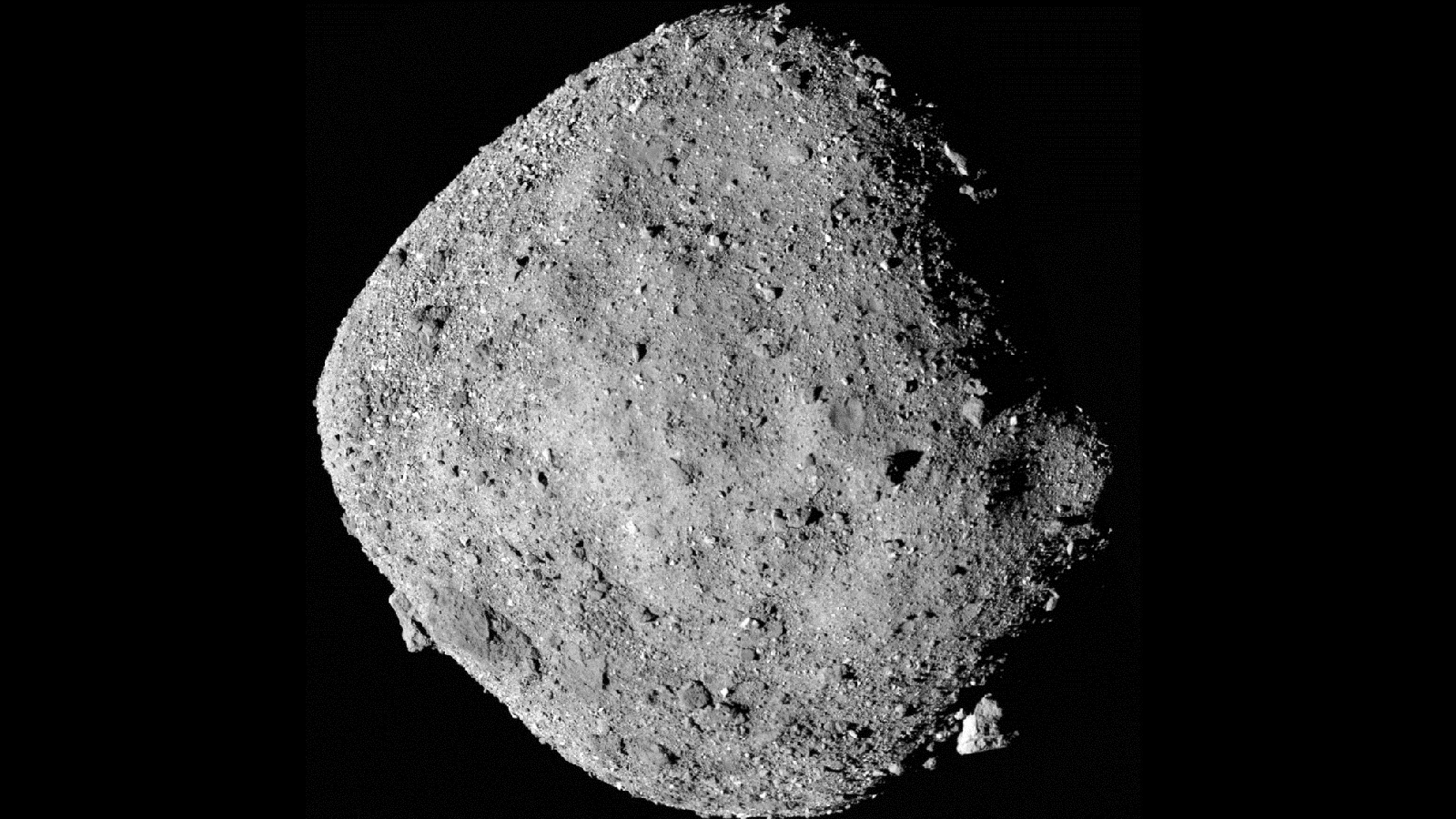
Asteroid Bennu is one of the two most hazardous known asteroids in our Solar System. Luckily, the OSIRIS-REx (Origins, Spectral Interpretation, Resource Identification, Security-Regolith Explorer) spacecraft orbited Bennu for more than two years and gathered data that has allowed scientists to better understand the asteroid’s future orbit, trajectory and Earth-impact probability, and even rule out some future impact possibilities.
In the most precise calculations of an asteroid’s trajectory ever made, researchers determined Bennu’s total impact probability through the year 2300 is really small — about 1 in 1,750 (or 0.057%). The team’s paper says the asteroid will make a close approach to Earth in 2135, where Bennu will pose no danger at that time. But Earth’s gravity will alter the asteroid’s path, and the team identifies Sept. 24, 2182 as the most significant single date in terms of a potential impact, with an impact probability of 1 in 2,700 (or about 0.037%).
“The impact probability went up just a little bit, but it’s not a significant change,” said Davide Farnocchia, lead author of the paper, and scientist at the Center for Near Earth Object Studies at NASA’s Jet Propulsion Laboratory, speaking at a press briefing this week. Farnocchia added that means there is a 99.94% probability that Bennu is not on an impact trajectory.
“So, there is no particular reason for concern,” he said. “We have time to keep tracking the asteroid and eventually come to a final answer.”
101955 Bennu was discovered in 1999 by the Lincoln Near-Earth Asteroid Research Team. Since its discovery, Bennu has been extensively tracked with 580 ground-based optical astrometric observations. The asteroid made three relatively close passes of Earth in 1999, 2005, and 2011, during which the Arecibo and Goldstone radar stations collected a wealth of data about Bennu’s motion.

But OSIRIS-REx’s two-year reconnaissance and sample collection has provided crucial data about the 500-meter-wide asteroid, including some surprises. Scientists expected Bennu’s surface to be smooth and sandy, but the first images from OSIRIS-REx revealed a rugged boulder-field, littered with large rocks and loose gravel. The team also expected the asteroid to be geologically quiet, but just six days after arriving in orbit, the spacecraft observed the asteroid ejecting bits of rock, due to rocks on the asteroid cracking because of the day-night heat cycle. We also learned that Bennu has pieces of Vesta on it. The spacecraft also scooped up a sample of rock and dust from the asteroid’s surface in October of 2020, which it will deliver to Earth on Sept. 24, 2023, for further scientific investigation.
But OSIRIS-REx’s precise observations of Bennu’s motions and trajectory allowed for the best estimate yet of the asteroid’s future path.
“The OSIRIS-REx mission has provided exquisitely precise data on Bennu’s position and motion through space to a level never captured before on any asteroid,” said Lindley Johnson, planetary defense officer at NASA’s Planetary Defense Coordination Office at NASA.
The researchers took into account all kinds of small influences, including the tiny gravitational pull of more than 300 other asteroids, and the drag caused by interplanetary dust. They even checked to see if OSIRIS-REx pushed the asteroid off course when the spacecraft briefly touched its rocky surface with its Touch-And-Go (TAG) sample collection maneuver. But that event had a negligible effect, as expected.
The researchers especially focused on a phenomenon called the Yarkovsky effect, where an object in space would, over long periods of time, be noticeably nudged in its orbit by the slight push created when it absorbs sunlight and then re-emits that energy as heat. Over short timeframes, this thrust is minuscule, but over long periods, the effect on the asteroid’s position builds up and can play a significant role in changing an asteroid’s path.
“The Yarkovsky effect will act on all asteroids of all sizes, and while it has been measured for a small fraction of the asteroid population from afar, OSIRIS-REx gave us the first opportunity to measure it in detail as Bennu travelled around the Sun,” said Steve Chesley, senior research scientist at JPL and study co-investigator, in a press release. “The effect on Bennu is equivalent to the weight of three grapes constantly acting on the asteroid – tiny, yes, but significant when determining Bennu’s future impact chances over the decades and centuries to come.”

They also were able to better determine how the asteroid’s orbit will evolve over time and whether it will pass through a “gravitational keyhole” during its 2135 close approach with Earth. These keyholes are areas in space that would set Bennu on a path toward a future impact with Earth if the asteroid were to pass through them at certain times, due to the effect of Earth’s gravitational pull.
The team wrote in their paper that “compared to the information available before the OSIRIS-REx mission, the knowledge of the circumstances of the scattering Earth encounter that will occur in 2135 improves by a factor of 20, thus allowing us to rule out many previously possible impact trajectories.”
“The orbital data from this mission helped us better appreciate Bennu’s impact chances over the next couple of centuries and our overall understanding of potentially hazardous asteroids – an incredible result,” said Dante Lauretta, OSIRIS-REx principal investigator and professor at the University of Arizona. “The spacecraft is now returning home, carrying a precious sample from this fascinating ancient object that will help us better understand not only the history of the solar system but also the role of sunlight in altering Bennu’s orbit since we will measure the asteroid’s thermal properties at unprecedented scales in laboratories on Earth.”
Further reading:
Paper published in Icarus
NASA press release
Want a LEGO James Webb Space Telescope? It Even Folds Up
As we all anticipate the launch of the James Webb Space Telescope (JWST) later this year (hopefully), LEGO designers are hoping for a “launch” of their own. A new LEGO design of JWST is currently gathering supporters on the LEGO Ideas website. If it gets enough support, LEGO will review it and possibly create it.
As of today (August 12, 2021), the idea has just under 1,500 supporters, with the goal of 10,000. If you want your very own JWST model, cast your vote of support!
Continue reading “Want a LEGO James Webb Space Telescope? It Even Folds Up”Starliner Will try Again on August 3 After ISS “Emergency”
The planned launch of Boeing’s CST-100 Starliner test flight to the International Space Station (ISS) has been pushed back to Tuesday, August 3 after a mishap involving a newly docked Russian module. Originally, Starliner’s flight was to take place today, July 30, 2021 but NASA and Boeing officials agreed to delay the flight following a “spacecraft emergency” on the space station after inadvertent thruster firings on the new Nauka module caused a loss of attitude control on the ISS.
Continue reading “Starliner Will try Again on August 3 After ISS “Emergency””Strange Intersecting Sand Dunes on Mars
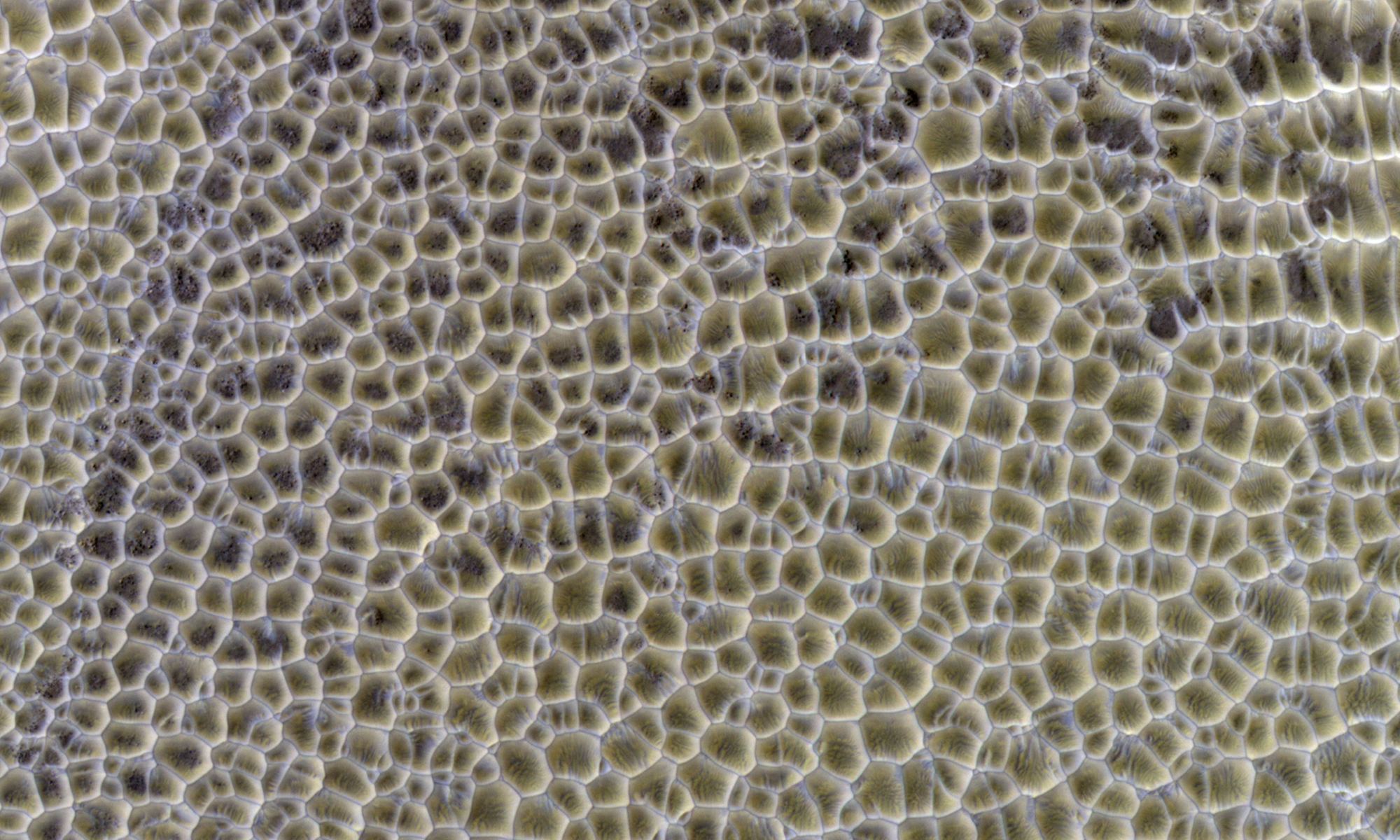
In our exploration of Mars, we’ve seen some strange but naturally occurring shapes. Polygons – a shape with at least three straight sides and angles, typically with five or more – have been seen in several different Martian landscapes, and scientists say these shapes are of great interest because they often indicate the presence of shallow ice, or that water formerly was present in these areas.
Continue reading “Strange Intersecting Sand Dunes on Mars”Zhurong Finds its Own Parachute on the Surface of Mars
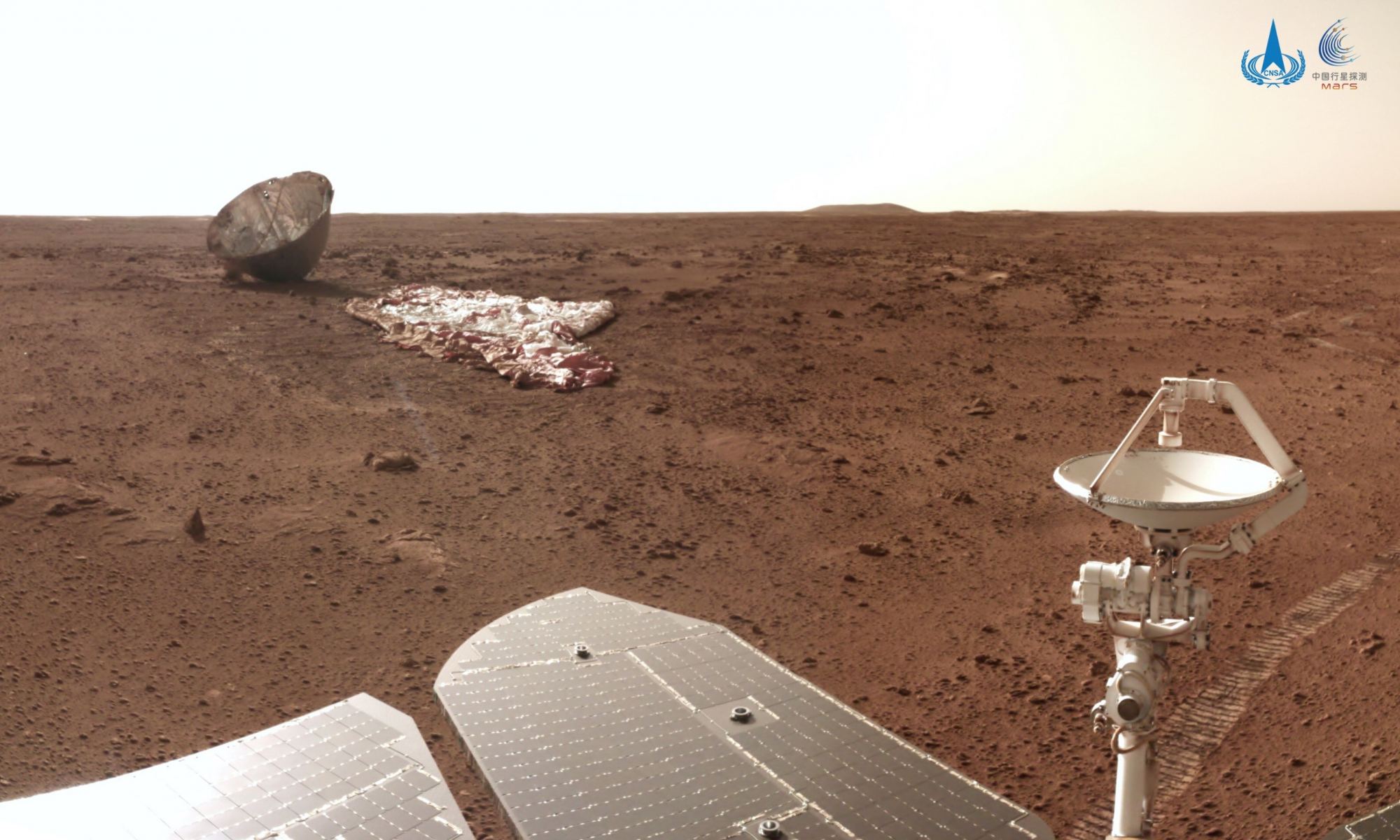
As of July 23, 2021, China’s Mars rover Zhurong has traveled 585 meters across the surface of Mars. And along the way, it’s taking pictures of interesting sights.
Some of the most intriguing recent images from the rover show debris from the rover’s landing. During its drives, the rover came upon the parachute and backshell. The China National Space Administration says as the rover drove south of its landing site, it first “saw” the debris on the horizon with its front obstacle avoidance camera, and then took a closer image (lead image) with its navigation terrain camera.
Continue reading “Zhurong Finds its Own Parachute on the Surface of Mars”Here are the First New Pictures From the Fully Operational Hubble
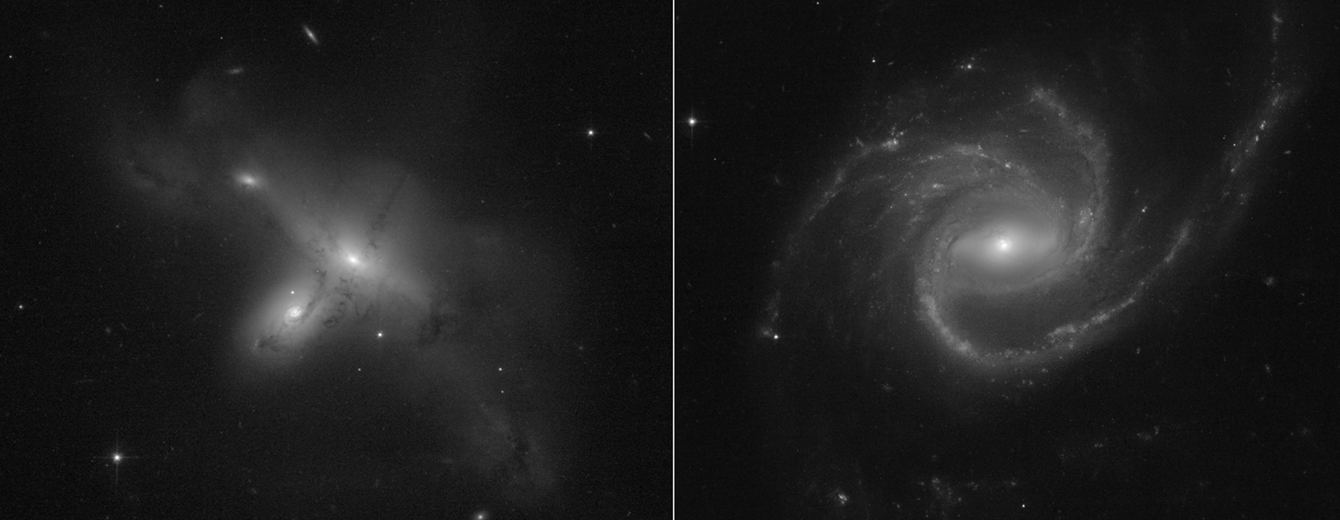
The astronomy community breathed a huge sigh of relief earlier this week when the Space Telescope Science Institute announced the Hubble Space Telescope’s major computer issues had been fixed. In a grueling month of recovery work, every expert – even retired Hubble engineers and scientists — was brought in for consultation. Their ultimate success is a tribute to the legacy of problem-solving and innovation NASA has been famous for over the years. And now, the telescope is back doing what it was built to do, taking incredible pictures of the cosmos and sending them down to Earth.
Here are the first images since the long-distance repair, two pictures of galaxies. One shows a galaxy with unusual extended spiral arms, and the other is the first high-resolution view of an intriguing pair of colliding galaxies.
Continue reading “Here are the First New Pictures From the Fully Operational Hubble”Blue Origin Successfully Launches the Oldest and Youngest Person to Ever go to Space (oh, and Jeff Bezos too)

On the anniversary of the first Moon landing, Blue Origin became the second commercial space company in just nine days to send people just past the edge of space. During the seemingly flawless 10 minute and 10 second flight, the four passengers on board the New Shepard rocket whooped with glee and exhilaration. The crew included Blue Origin and Amazon founder Jeff Bezos, his brother Mark, and the oldest and youngest people to ever fly to space.
Wally Funk, an 82-year-old pioneering female aviator and member of the so-called “Mercury 13” women astronaut-hopefuls made the flight, along with Oliver Daemen, an 18-year-old Dutch physics student.
Continue reading “Blue Origin Successfully Launches the Oldest and Youngest Person to Ever go to Space (oh, and Jeff Bezos too)”Fantastic Visualization Shows What Would Happen if you Dropped a Ball Across the Solar System
Summertime means it’s time to play ball! But what would it be like to play ball on various locations across our Solar System? Planetary scientist Dr. James O’Donoghue has put together a fun animation of how quickly an object falls on to the surfaces of places like the Sun, Earth, Ceres, Jupiter, the Moon, and Pluto.
Continue reading “Fantastic Visualization Shows What Would Happen if you Dropped a Ball Across the Solar System”

